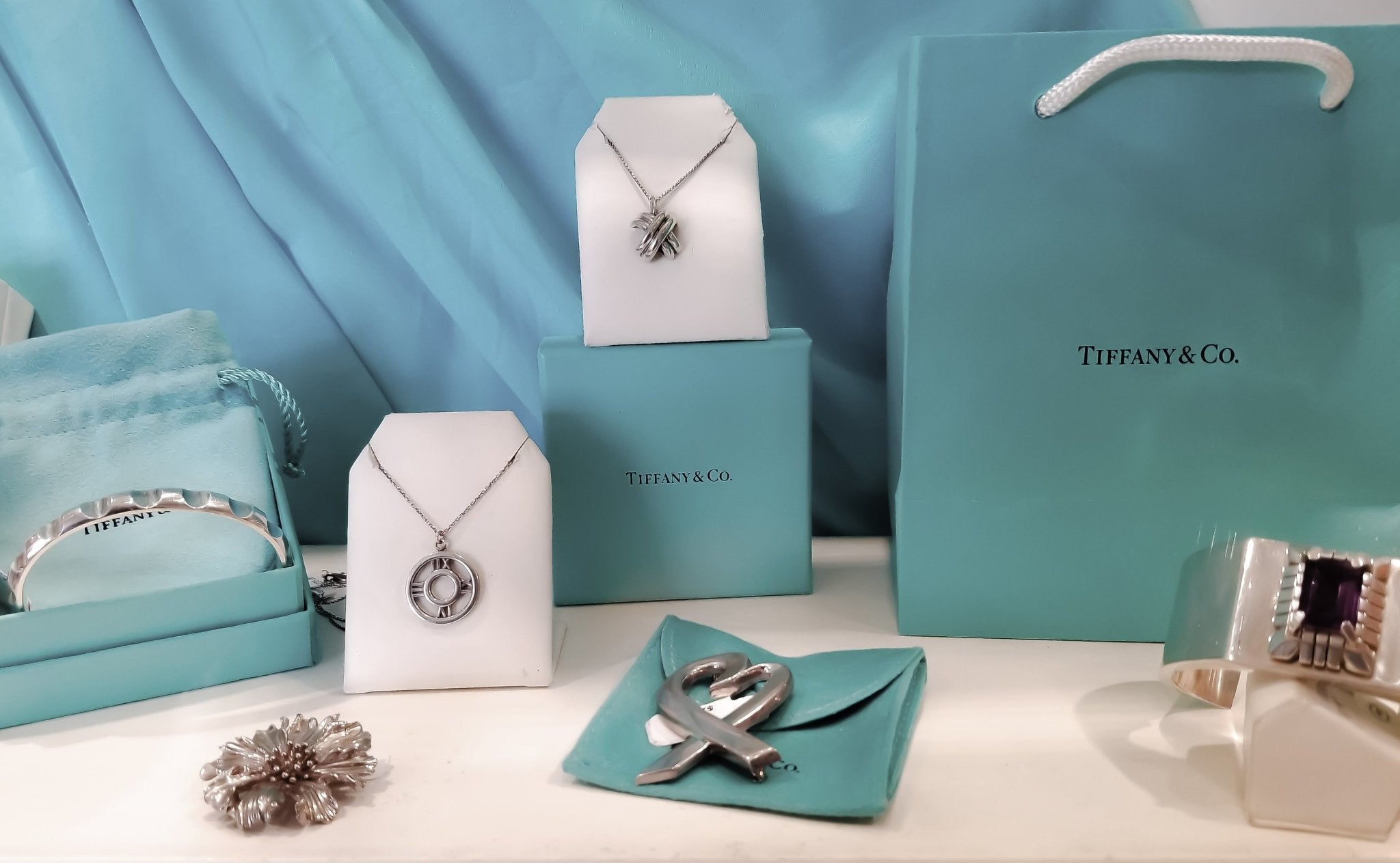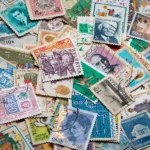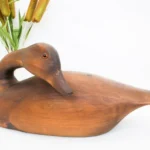
Open Daily 10am - 5pm
12,000sq.ft. of amazing items!
Free and easy parking!

Tiffany. Just the name sparks shivers up and down the spines of collectors. The pale blue boxes, exquisite silver and jewelry, gorgeous stores; it’s enough to give anyone heart palpitations. All the same, most Tiffany enthusiasts know relatively little about Louis Comfort Tiffany (hereafter: LC), son of the jewelry magnate Charles yet a premier artisan in his own right. Over the years, LC’s gaze settled on architecture, art, furniture, glass, lamps, photography, and more. Whenever it did, something beautiful usually resulted.
Born in New York in 1848, LC came of age during the Civil War but was little touched by the conflict. An early prodigy, he won design awards as a teenager and subsequently spent time in Paris studying under the great artists of the day. By his mid-20s, LC was already experimenting with color and technique in glass-making, a medium that was to become his signature.
For a time in the early 1880s, he turned to interior decorating, ornamenting such historic structures as Mark Twain’s Connecticut home and Chester Arthur’s White House. At that time, his work was mostly in opalescent glass, a milky and hard-to-master look that he pioneered. He was also pivotal in turning the enormous Tiffany family home in New York into what commentators would later call “The Most Artistic House” in the city.
After his wife’s early death in 1884, LC turned away from interior design and a year later opened the Tiffany Glass Company. The next 10 years included some highs and lows (a happy second marriage in 1886 followed by missteps and bankruptcy in 1892), but the distinctive leaded glass lamps he began to turn out were widely celebrated. Upon his father’s death in 1902, Tiffany reorganized his own business as Tiffany Studios and became art director of the burgeoning family enterprise then (as now) known as Tiffany & Co.
For the next 31 years until his death in 1933, LC expanded his reputation as one of America’s premier art and design influencers. Although there were setbacks, he was lionized in a biography published by Charles de Kay in 1914 and LC continued to burnish the family legacy with his groundbreaking work until the end of his life.
So, for all the Tiffany enthusiasts out there, you should know and plan to visit the Charles Hosmer Morse Museum of American Art in Winter Park, Florida. Its collection of LC’s work has been called the most comprehensive and interesting of its kind, including such singular pieces as the Byzantine-Romanesque chapel interior created for the Chicago World’s Fair in 1893. Many objects and artifacts now at the museum were original to either the Tiffany home in Manhattan or their legendary Laurelton Hall estate on Long Island.
And we know you’re out there because we get more requests for Tiffany than for any other designer. Perhaps like you, LC was also a collector, always seeking singular pieces of Chinese, Japanese, and native American objects along with unique examples made by the family’s firms. Of course, copies are legion and enthusiasts would be well served by visiting the museum and learning the “tells” that separate real from counterfeit. You can be sure that anything with an authentic Tiffany imprimatur will be an object of both beauty and value.





We’ll email you about the latest events, sales, and general store updates.

Our antique gallery is located just south of downtown Palm Springs, with free parking and air conditioning throughout.
Open Daily: 10am – 5pm
505 E Industrial Pl.
Palm Springs, CA 92264
© Copyright Antique Galleries of Palm Springs 2024